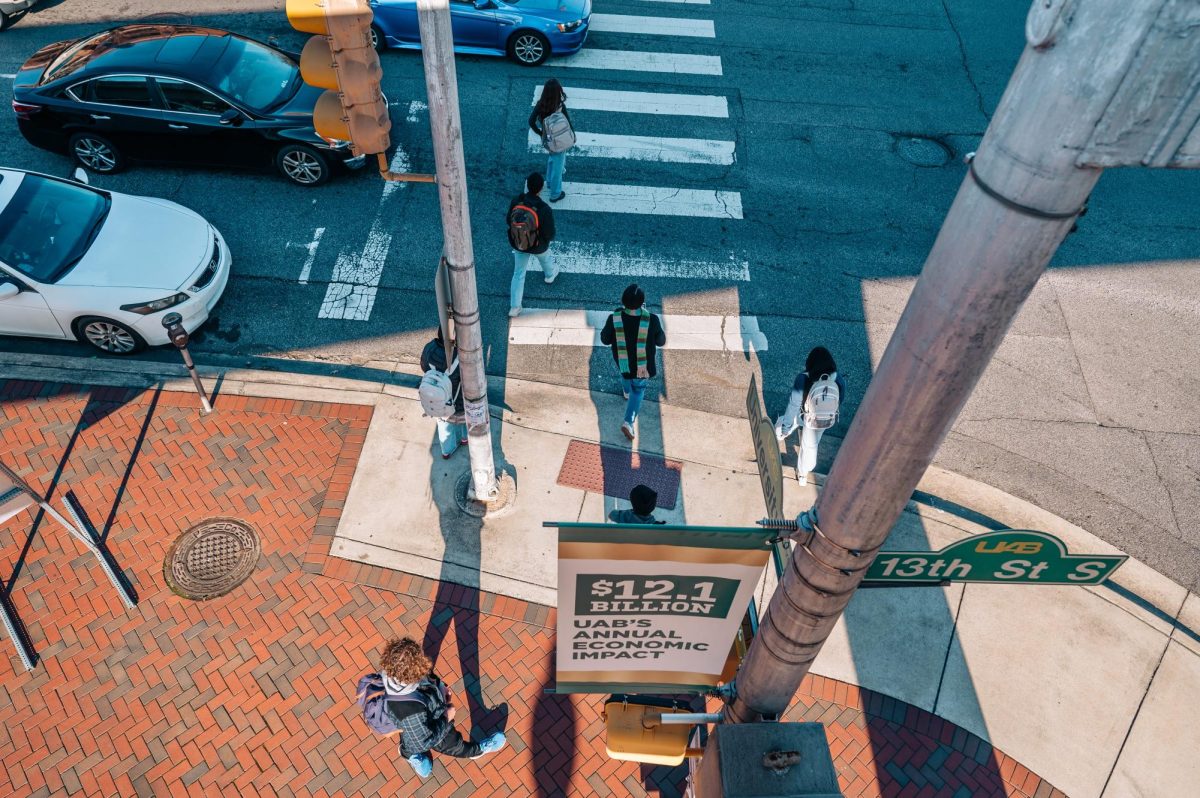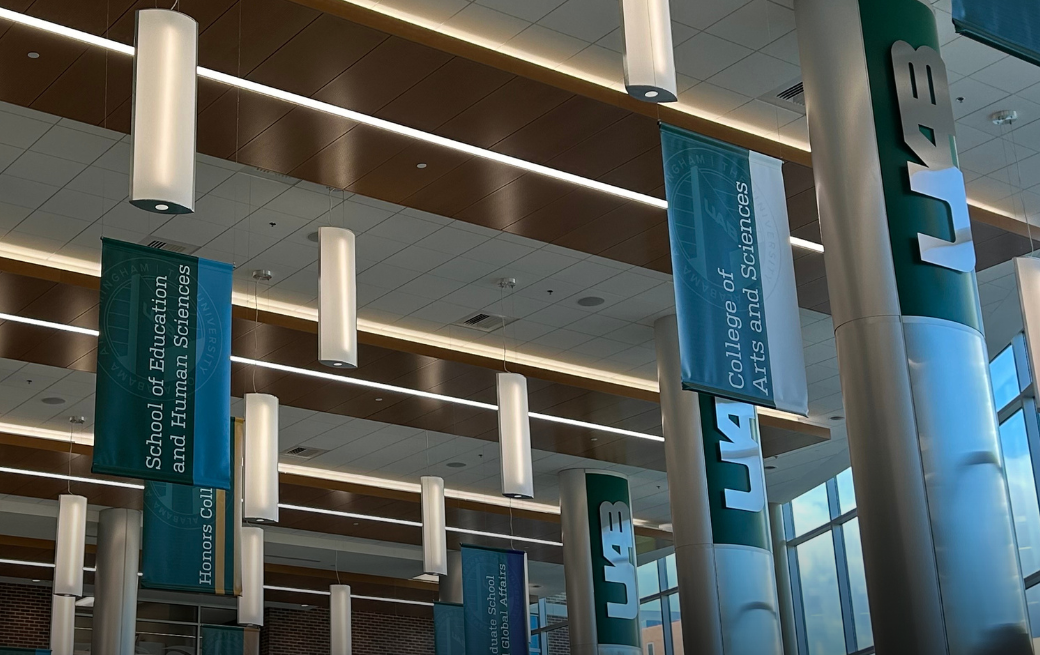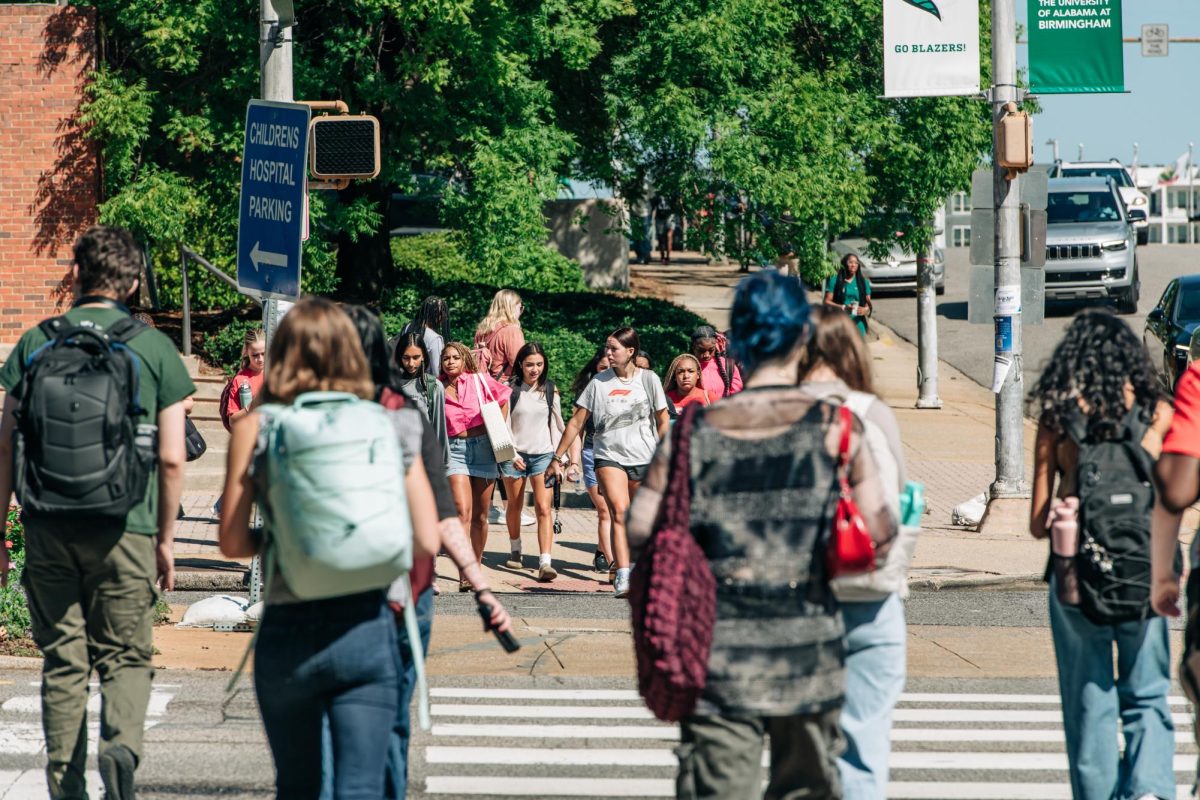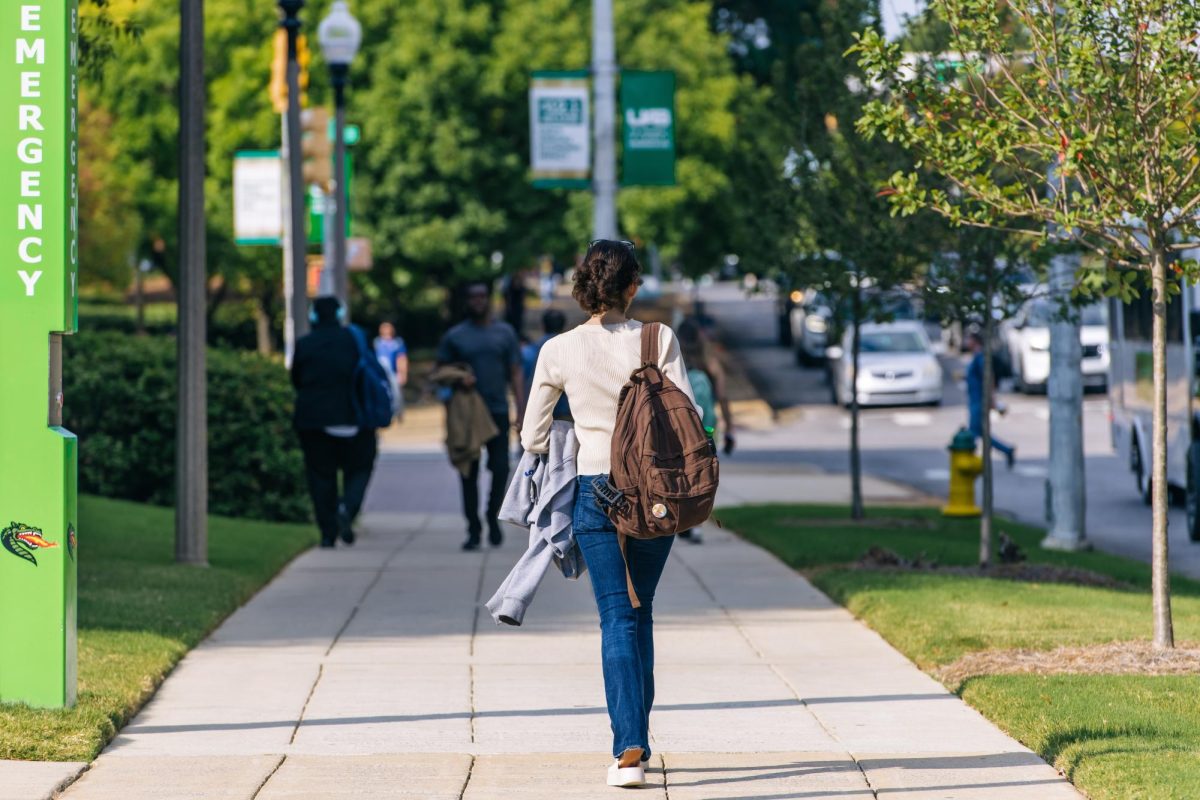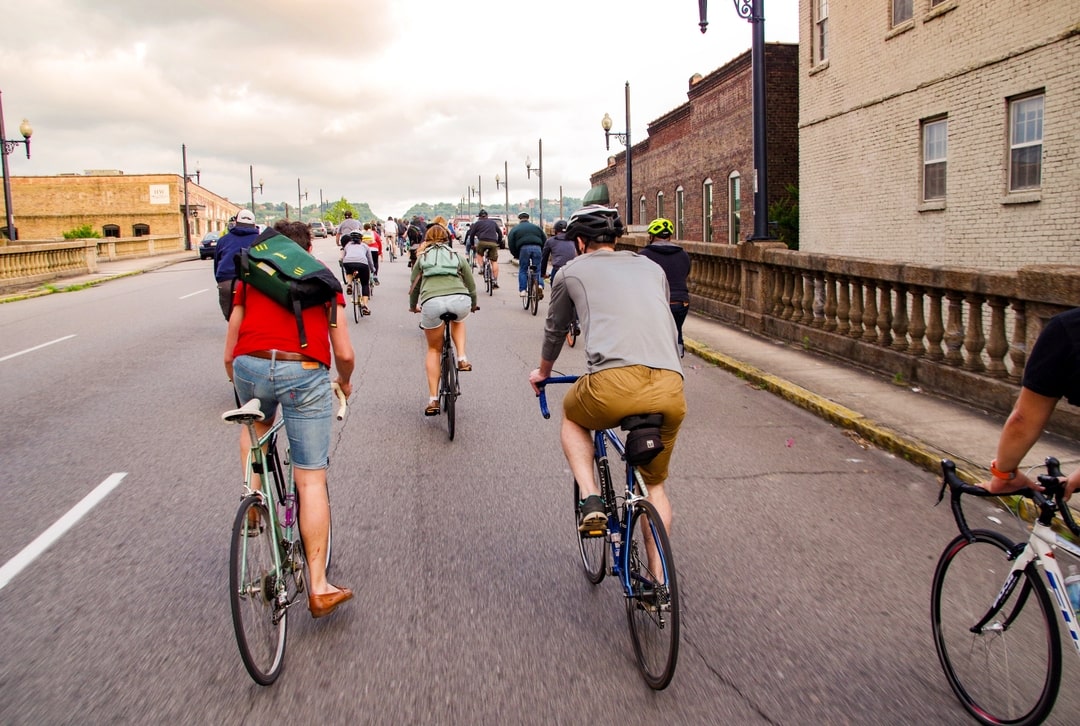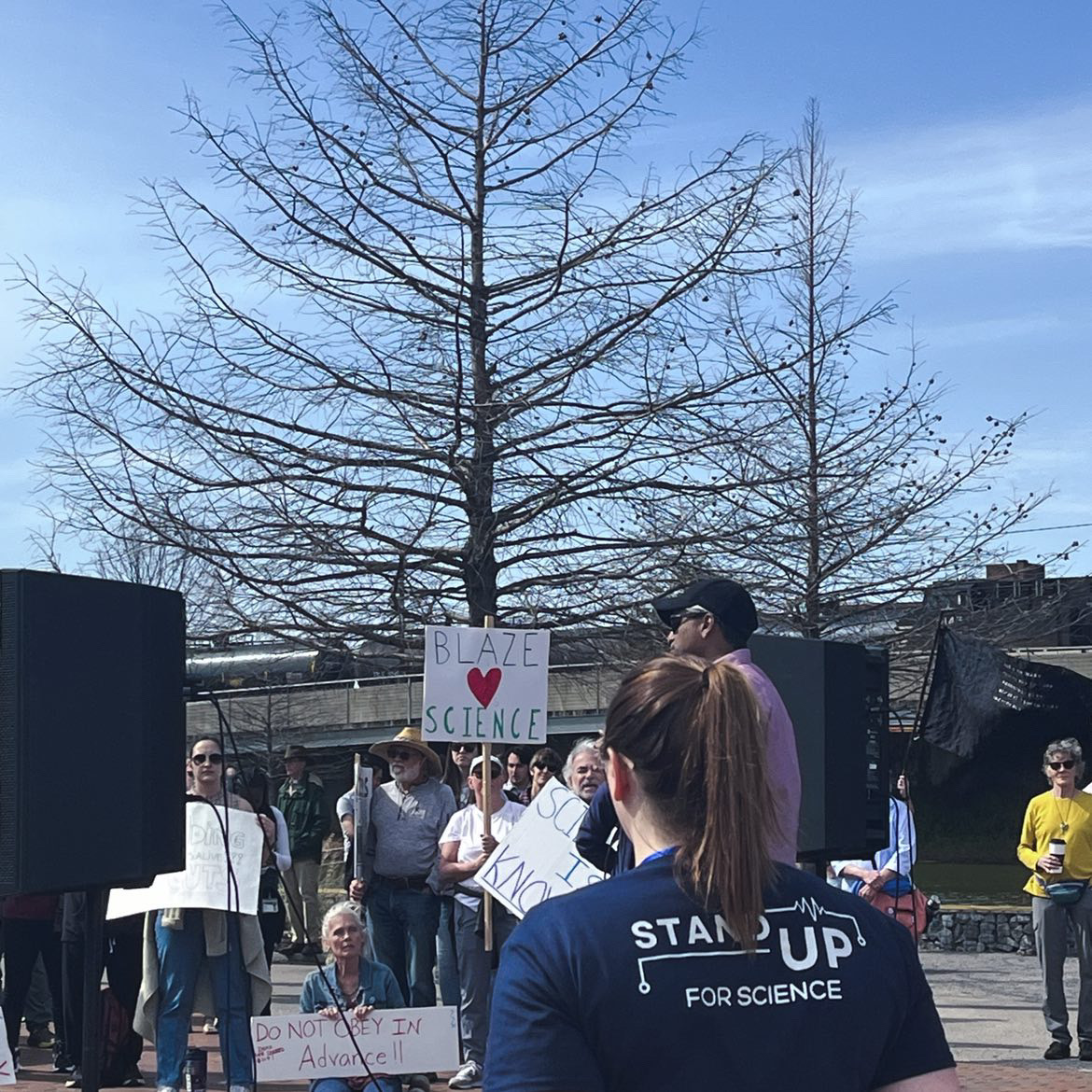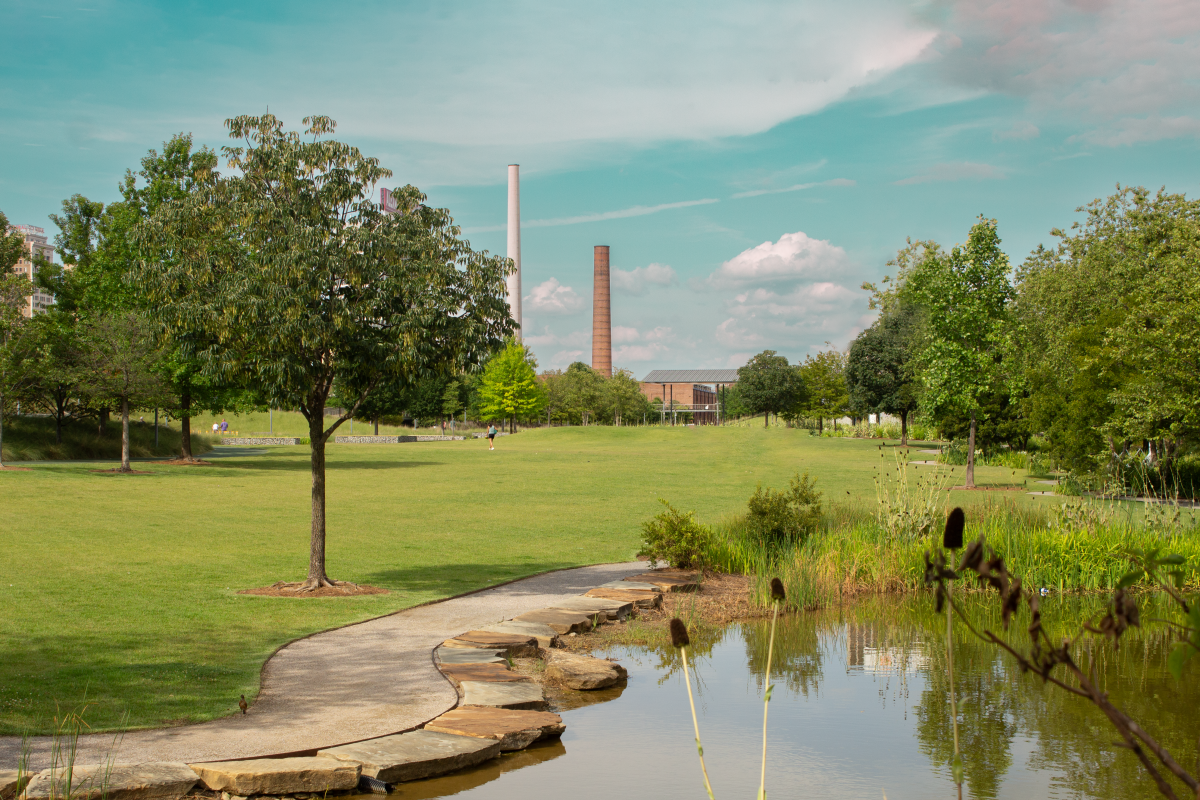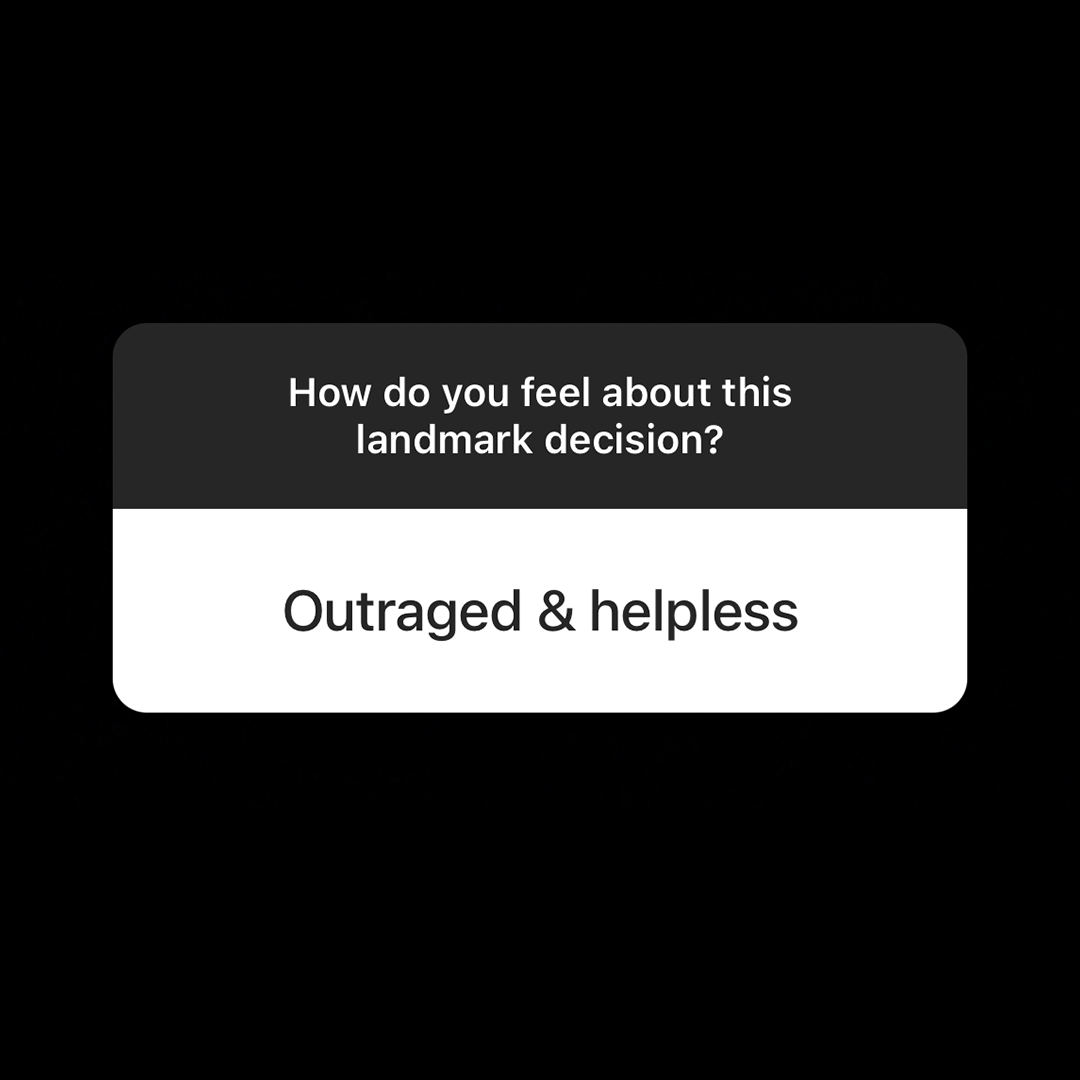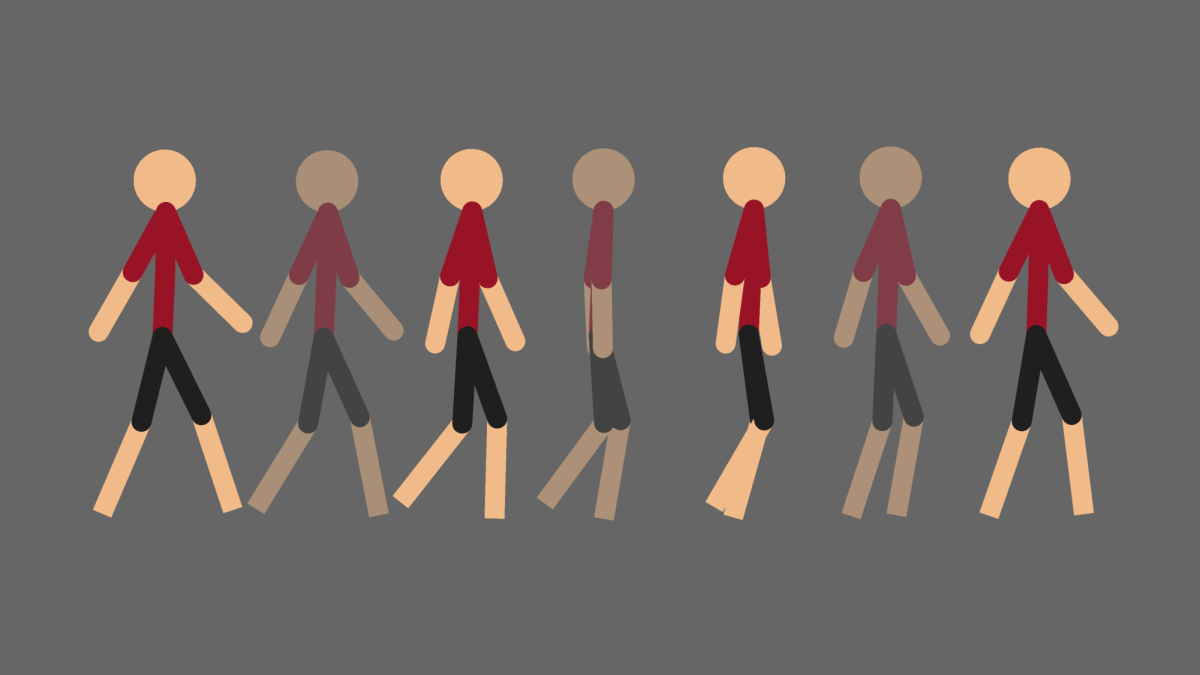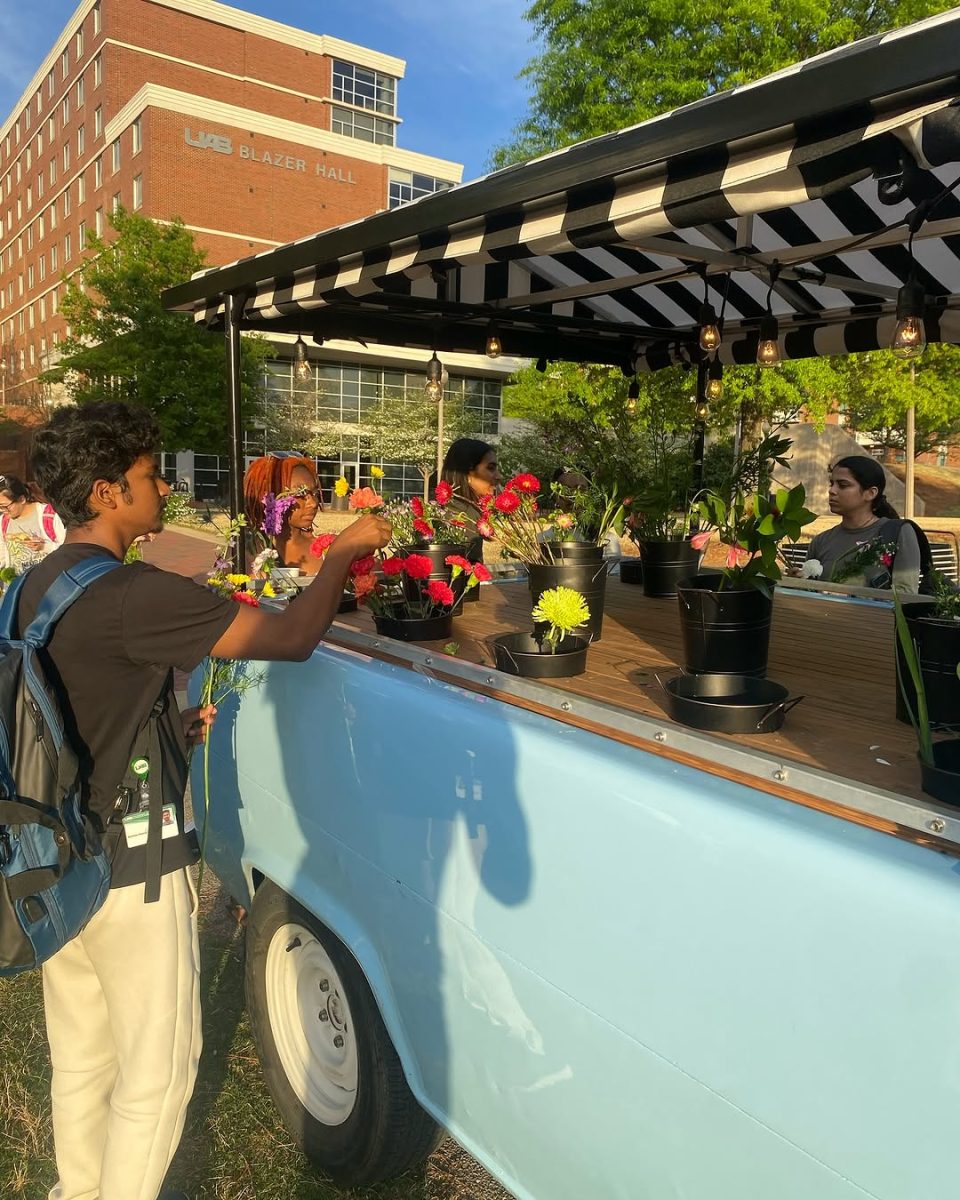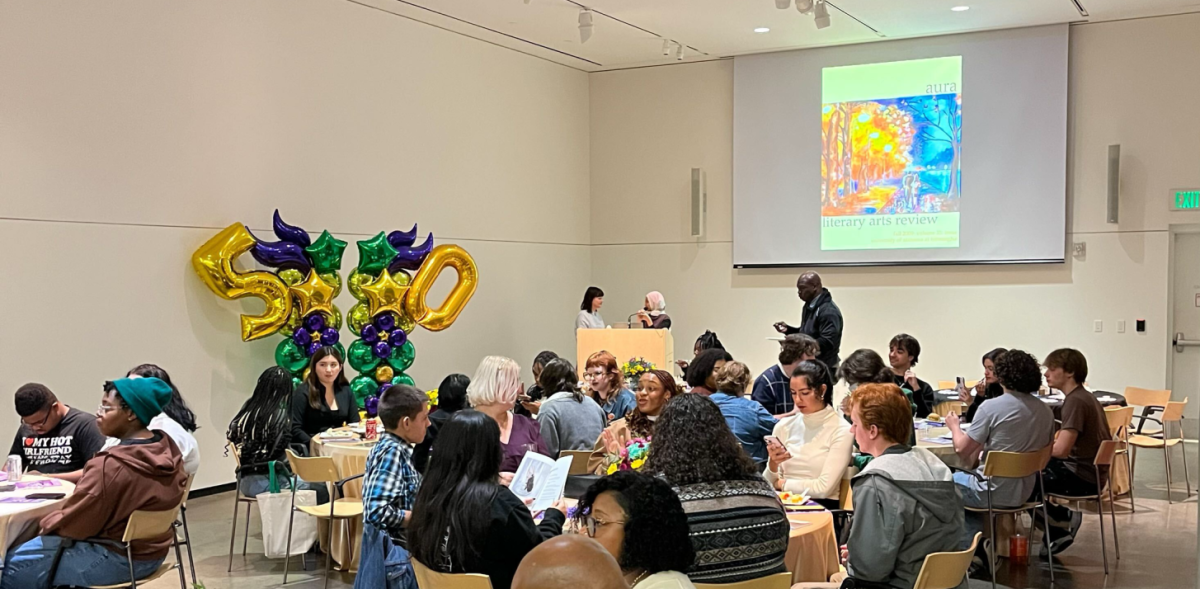In the U.S., most people never question the fact that we drive everywhere. However, every day, this dependence on cars is turned into body counts — and it doesn’t have to be this way.
I decided to write this article because of a motor vehicle accident that happened recently in my hometown of Hartselle, Ala. This wreck sent five people to the hospital and took the life of a 17-year-old student at Hartselle High School. One of the people who was hospitalized is a 14-year-old kid who played basketball with my brother last year. He is currently in critical condition at Children’s of Alabama, right down the street from where I live.
Motor vehicle crashes are the leading cause of death among American teens. In 2020 alone — a year that most people barely left home — motor vehicles killed roughly 2,800 teens and injured around 227,000 more. Moreover, this danger is largely unique to the United States. A 2019 study by the CDC found that the U.S. leads high-income countries in traffic fatality rates — citizens of other developed nations are on average 2.3 times less likely to die in a car crash. This isn’t a product of bad drivers; it’s a systemic issue of how cities are designed in America.
When traffic fatalities happen, our justice system holds liable the person legally at fault. While in many cases — such as drunk driving — that liability is justified, it misses the broader systemic issue. Most streets in the U.S. are designed with speed and traffic flow as top priorities and safety as an afterthought. Urbanist YouTuber Flurfdesign said in his video “Road Safety Is Not Your Responsibility” that this kind of design fails because humans inevitably make mistakes — and on these roads, those mistakes often turn fatal.
The fact that every other nation in the CDC study has a lower fatality rate than the U.S. underscores the systemic cause. Nearly all these nations have one thing in common: public transit not only as an option but as the norm. Take Japan, for example. Their Shinkansen network — a web of high-speed trains between every major city — combined with their world-class local public transit networks leave many residents with no reason to ever drive. The contrast with the U.S. is stark: a web of giant six- to eight-lane highways where cars race at 75 miles per hour mere feet from one another serves as the norm. This car-dependent trend continues once a person exits the highway as giant parking lots and six-lane “stroads” dominate the landscape. These design choices leave most U.S. citizens with only one option: the automobile.
The way our cities are built is the epitome of car dependency, and it’s killing us. Fixing this public health crisis doesn’t require decreased speed limits or stricter law enforcement, it requires us to address the underlying problem: the unsafe design of the nation. If we want fewer families grieving and fewer kids in hospital beds, we must stop designing cities for cars and start designing them for people — through transit, safe streets and walkable neighborhoods.

